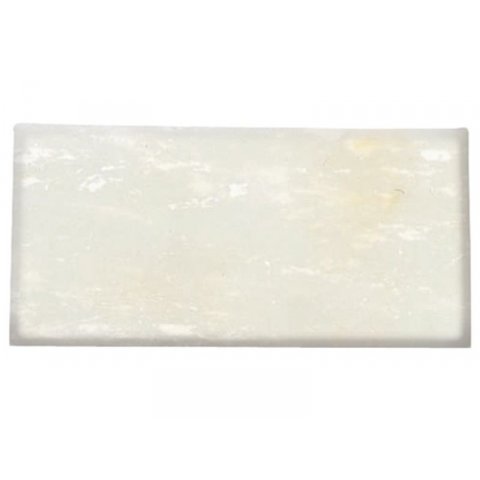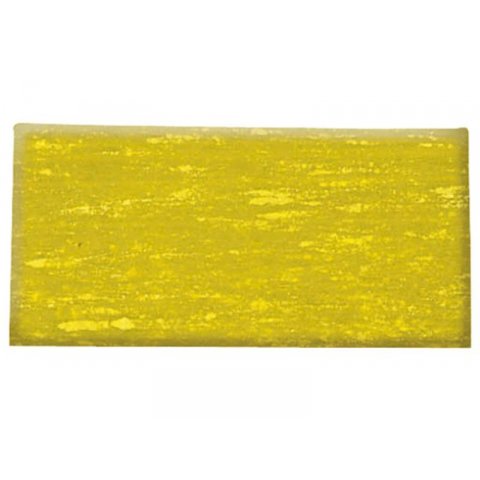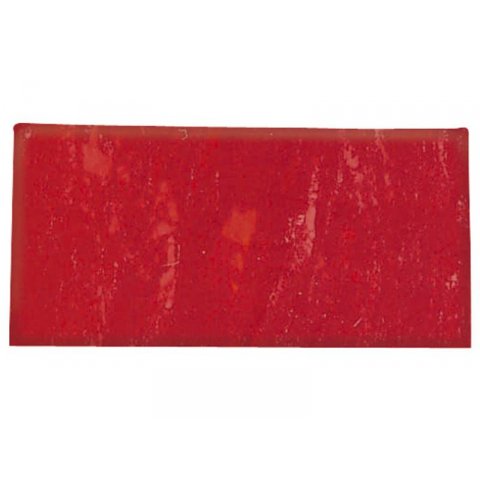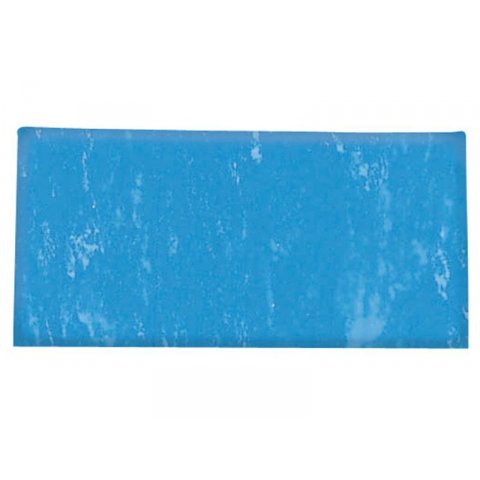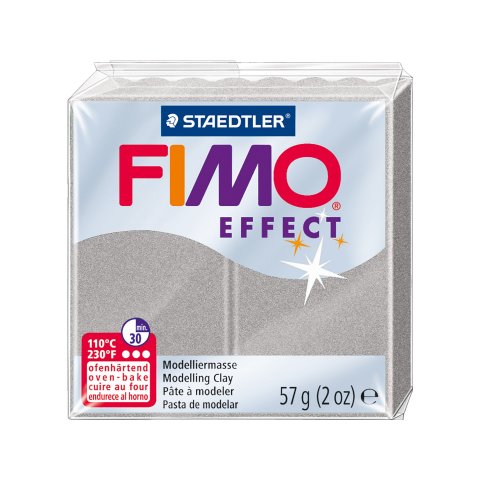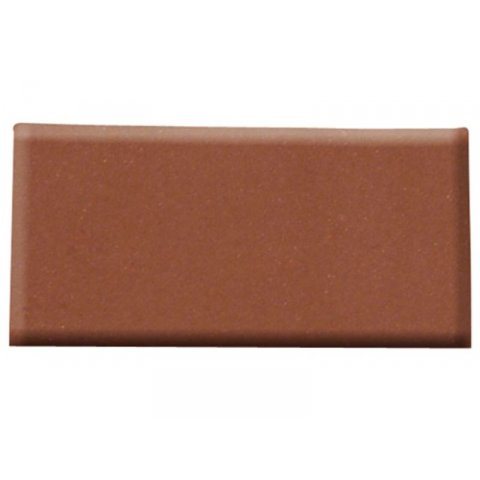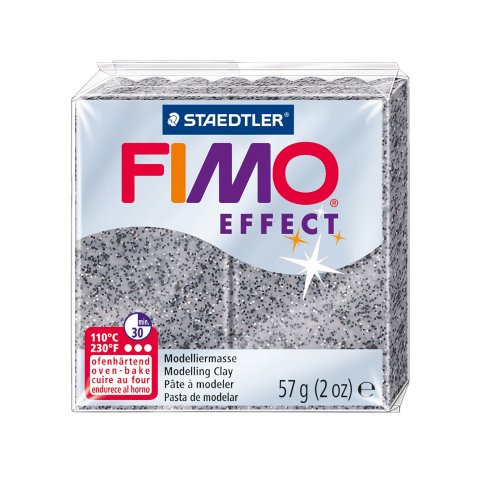Fimo is a plastic-based, oven-hardening modelling material whose curing is irreversible. It is made up of dyed PVC and inorganic fillers like, for example, kaolin. It is distinguished by its excellent shape retention.
Fimo conforms to the European standards for toy safety (EN71, part 5) and is therefore allowed to display the CE certification mark. In addition, it has also received the American seal AP NON TOXIC. When cured, Fimo is sweat and saliva resistant as per DIN 53160. Fimo is the recipient of the Creative Impulse Lifetime Award and is available in a wide range of versions. At the specified curing temperature and time span, no harmful emissions are produced which means that Fimo, when used properly, can be classified as non-harmful to your health.
Even if Fimo is a great material for the expression of children’s creativity (including small children), the manufacturer recommends that, because of the curing process having to take place in an oven, only kids over 8 years of age with adult supervision should be allowed to use it. It is, of course, a good „general rule“ in the case of all „chemical toys“ that they not be placed in the mouth and that hands should be thoroughly washed after playtime is over. Please note that oven-hardening Fimo cannot be cured in a microwave (compare in this regard: FIMO AIR MICROWAVE).
Applications: Even though Fimo was designed for use by children, it is also great for many purposes at the professional level of model making. For instance, small work pieces that are not available in their final form can be made in different colours: special automobiles in architecture model making, custom designed buttons or knobs and fittings, figures, etc.
Treatment: Before trying to shape Fimo it is best to soften it up by kneading it with warm hands because right out of the package it is only nominally suitable to work with. Even after softening it up Fimo is not comparable to simple clay; it remains relatively stiff and is not suitable for intricate work – for that, FIMO SOFT is recommended. Fimo is mainly to be worked with using your hands – there are, however, various aids that facilitate its use considerably. All kinds of devices found in a household or kitchen can be employed for basic handicraft work: small kitchen knives for cutting and scoring, a rolling pin for rolling it out, cookie cutters for clean basic shapes or pins or knitting needles for making holes. Very thin rods can be made by means of a garlic press (for making, e.g., „hair“) and a noodle machine allows you to make especially long thin columns with FIMO SOFT. MODELLING TOOLS and CUTTERS make professional level work considerably easier. In the case of jewellery making or the production of figures with attached limbs, WIRE or WOODEN TOOTHPICKS can be integrated into your form for stabilization purposes and these can remain in place during the oven curing.
Especially in the case of intricate work, a glass sheet or a tile should be used as a worktop and baking base so as to avoid having to place all the individual pieces in the oven one at a time. In order to avoid your shapes sticking to your substrate, baking paper or aluminium foil should be employed. Fimo cures in about 20 to 30 minutes at 110 °C. After curing, Fimo can be cut with a CIRCULAR SAW or reworked using SANDPAPER. The resulting surfaces take on a mottled appearance. After having cooled, work pieces can be painted with ACRYLIC PAINT or varnished with CLEAR VARNISH. As long as your finished work pieces have not yet been subjected to further treatment, additional pieces can be attached to them and baked into place.
Fimo Effect allows you to make very special models that, for example, glow in the dark, have a metallic glimmer or are translucent. Both the granite and marble colours are great for representing natural stone in models or the like. Fimo Effect is also a wonderful supplement for FIMO CLASSIC and FIMO SOFT and can be mixed with both.
